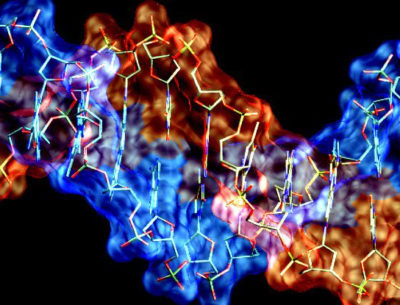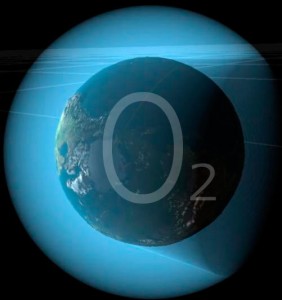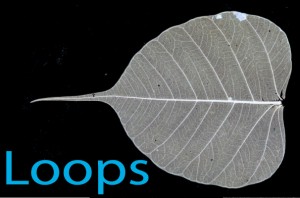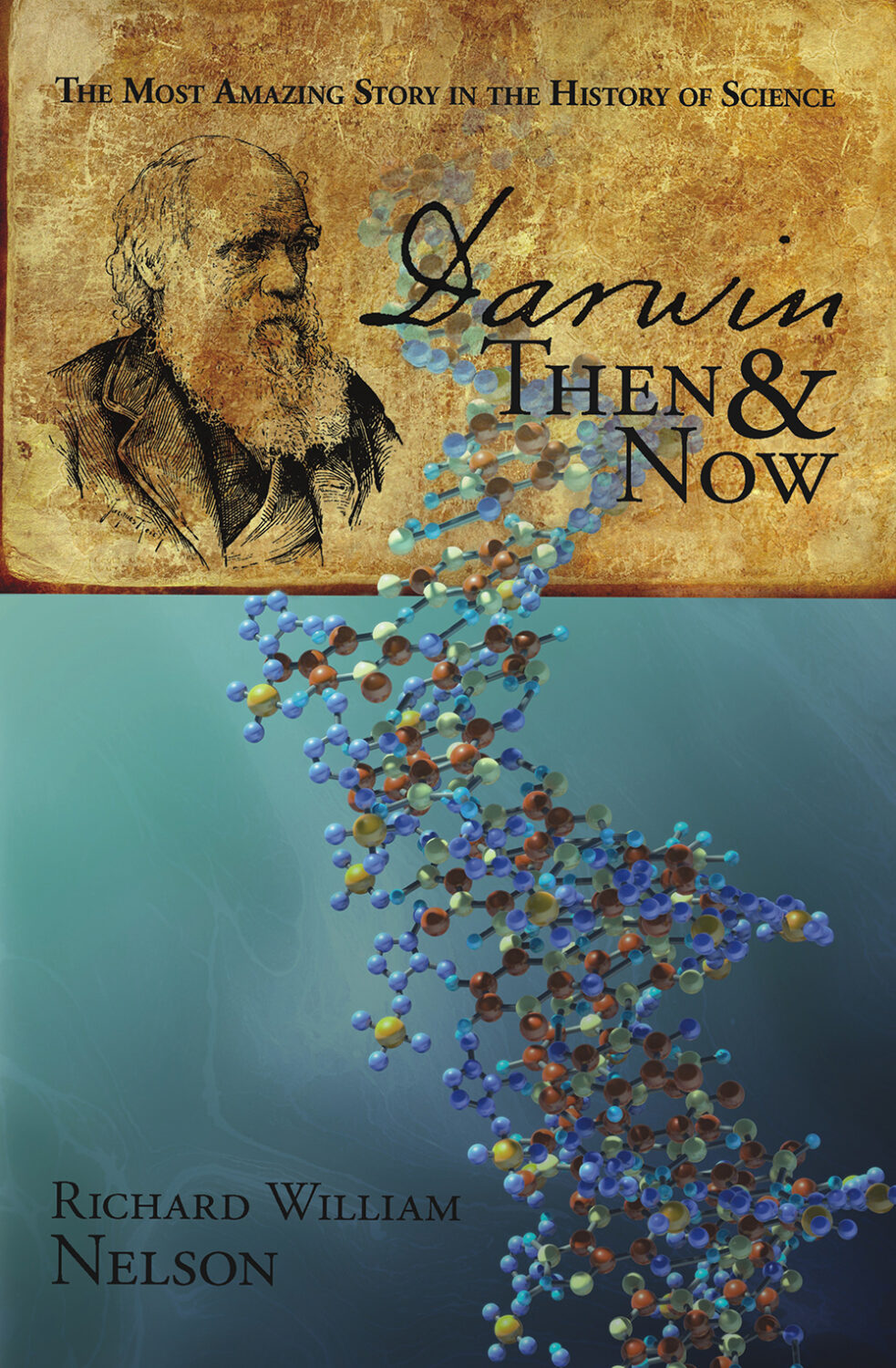by Richard William Nelson | Dec 14, 2013
 Origin of Life scientists will assemble next month in Galveston, Texas, for the “Understanding the Origin and Evolution of Life on Earth and the Galaxy” conference hosted by Gordon Research Conferences (GRC), a non-profit organization started in 1931.
Origin of Life scientists will assemble next month in Galveston, Texas, for the “Understanding the Origin and Evolution of Life on Earth and the Galaxy” conference hosted by Gordon Research Conferences (GRC), a non-profit organization started in 1931.
GRC gives scientists a forum to discuss “frontier research in the biological, chemical, and physical sciences, and their related technologies.” Access to the conference, however, is restricted. Only those who have been sent an invitation can register − not even the press. The conference attendees must agree not to quote anyone. GRC is concealing the origin of life research. Australian news reporter, Suzan Mazur, concerned about the lack of transparency, published an interview with the conference organizer, Steve Benner, posted on the Huffington Post, noting:
“So I decided to have a chat with Steve Benner about the upcoming Texas Origins meeting.”
Continue Reading
by Richard William Nelson | Nov 10, 2013
 Radiometric dating is one of the most popular techniques in paleontology to establish the age of materials like stones and bones. Reported dates often fall in the millions or billions of years.
Radiometric dating is one of the most popular techniques in paleontology to establish the age of materials like stones and bones. Reported dates often fall in the millions or billions of years.
However, questions surround the art of radiometric dating − for good reasons. The Public Broadcasting Service (PBS) recently ran the story “1.8 million-year-old skull may revise understanding of human evolution.”
Since the skull was unearthed in a medieval village in the former Soviet Republic of Georgia, known as Dmanisi, dating back to the ninth century A.D., the apparent question centers on the validity of the million-year radiometric dating of the skull found within the same geological stratum as the village.
Continue Reading
by Richard William Nelson | Oct 24, 2013
 For more than two decades, international teams of paleoanthropologists have been discovering human-like fossils from a medieval archaeological site in the former Soviet Republic of Georgia known as Dmanisi.
For more than two decades, international teams of paleoanthropologists have been discovering human-like fossils from a medieval archaeological site in the former Soviet Republic of Georgia known as Dmanisi.
A new human Georgian skull further fuels the dilemma. In 1991, David Lordkipanidze of the Georgian National Museum in Tbilisi discovered the first four human-like fossils.
Increased archaeological interest in this Georgian site began in 1936 following the discovery of ancient and medieval artifacts.
Continue Reading
by Richard William Nelson | Oct 10, 2013
 Scientists have long known that extremely low levels of free oxygen [< 10-5] atmosphere on early Earth are critical for any viable origin of life model of evolution.
Scientists have long known that extremely low levels of free oxygen [< 10-5] atmosphere on early Earth are critical for any viable origin of life model of evolution.
The controversy surrounding the atmospheric concentration of oxygen in the origin of life stems from the laws of organic chemistry.
The autonomous assembly of complex organic molecules has only been observed in an oxygen-free atmosphere.
However, the evidence for an oxygen-free Earth atmosphere has a checkered history.
Continue Reading
by Richard William Nelson | Sep 27, 2013
 As a student at Christ’s College in Cambridge (1827-1831), Charles Darwin was reported given his first microscope by one of his insect-collecting friends, John Maurice Herbert. Today, scientists use satellite nanoscopes to study intracellular molecular dynamics and signaling networks between cells.
As a student at Christ’s College in Cambridge (1827-1831), Charles Darwin was reported given his first microscope by one of his insect-collecting friends, John Maurice Herbert. Today, scientists use satellite nanoscopes to study intracellular molecular dynamics and signaling networks between cells.
While loop networks have long been used in architecture, Uri Alon of the Weizmann Institute of Science is credited with discovering them in biology.
In 2002, Alon published an article entitled “Network motifs in the transcriptional regulation network of Escherichia coli” in the April edition of the journal Nature Genetics. These newly recognized loop networks, however, challenge the theory of evolution.
Continue Reading
 Origin of Life scientists will assemble next month in Galveston, Texas, for the “Understanding the Origin and Evolution of Life on Earth and the Galaxy” conference hosted by Gordon Research Conferences (GRC), a non-profit organization started in 1931.
Origin of Life scientists will assemble next month in Galveston, Texas, for the “Understanding the Origin and Evolution of Life on Earth and the Galaxy” conference hosted by Gordon Research Conferences (GRC), a non-profit organization started in 1931.




